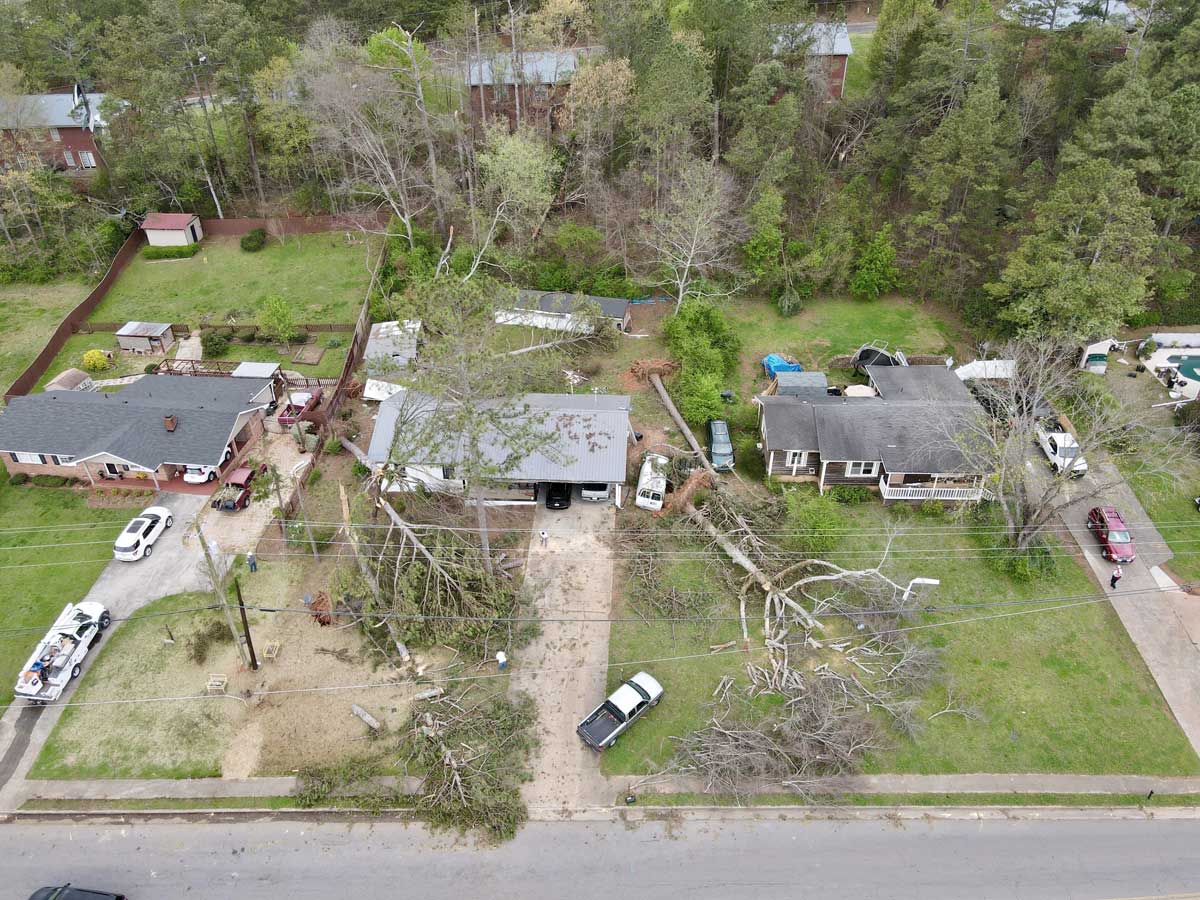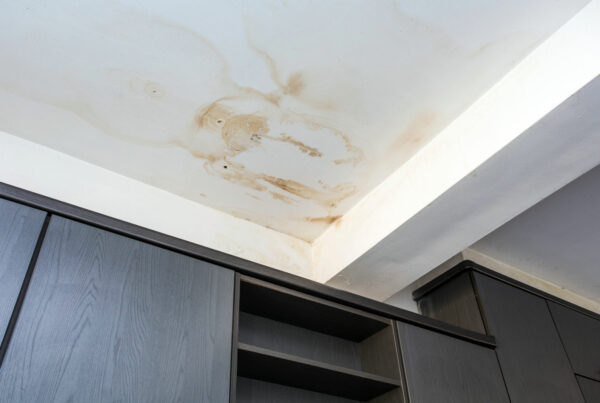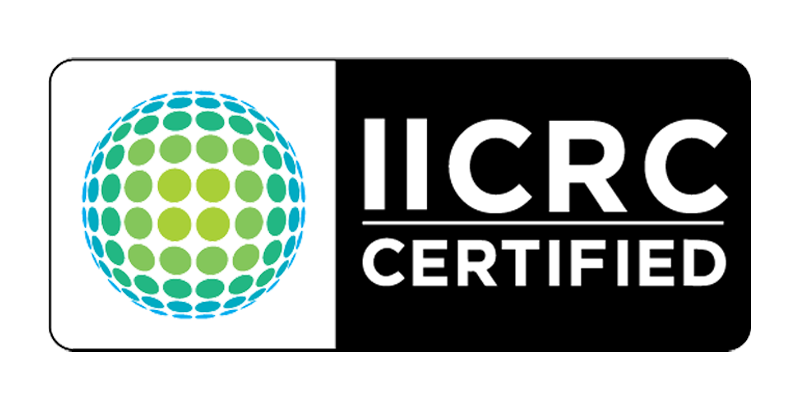Texas is no stranger to severe storms. From tornadoes and hurricanes to hailstorms, cataclysmic weather events impact millions of Texans and cause thousands of dollars in yearly damages.
Unfortunately, preventing a terrible storm from touching down on your property isn’t possible—but restoring your property in the aftermath is. Different storms cause varying degrees of damage, so your restoration approach will vary depending on the weather event you’re dealing with. Wind damage repair, for example, looks slightly different from hailstorm restoration.
In this article, we’ll take a closer look at the different kinds of storms that affect homes and structures in Texas, and how to recover from them with bespoke storm damage restoration services.
Common Weather Events In Texas

Whether you live in the city or the countryside, your home or business could be affected by a range of severe storms.
- The most common types of storms in the Austin area are thunderstorms and flash floods. Thunderstorms can produce lightning, strong winds, and heavy rains.
- Dallas/Fort Worth is prone to intense weather events, including thunderstorms, hailstorms, tornadoes, and ice storms. These storms can produce strong winds, hail, and pummeling rains. Tornadoes are a particular concern in this region, nicknamed “Tornado Alley.”
- Located between Dallas and Fort Worth, Arlington experiences many of the same types of storms as these cities. Thunderstorms and hailstorms are common, as are tornadoes and ice storms. Flooding is also a concern, particularly in low-lying areas.
- Houston is close to the Gulf of Mexico, which makes it particularly vulnerable to hurricanes and tropical storms. These storms can produce heavy rain, strong winds, and storm surges, which can cause flooding. Houston also experiences thunderstorms and tornadoes.
- In San Antonio, thunderstorms and flash floods are the most common types of storms to occur. Like Austin, San Antonio is prone to flash flooding. Severe thunderstorms may also produce hail and tornadoes, although these are less common in San Antonio than in other parts of Texas.
What Kind Of Storm Damage Restoration Services Do I Need?
All types of storms wreak havoc on homes and businesses. High winds can compromise the structural integrity of a building. Heavy hail can break through windows and cause flooding. Each of these instances requires a specialized restoration approach, so calling a trusted partner like Cavalry is crucial to restoring your property as swiftly and safely as possible.
Because wind and hail damage can cause different types of damage, they often require varying repair techniques. Let’s talk about wind damage first.
Wind Damage Repair
Wind damage can occur during thunderstorms, hailstorms, tornadoes, and hurricanes. High winds primarily inflict structural damage on buildings. This can include tearing off roofing materials, damaging siding, and breaking windows. In most cases, repairing wind damage may require replacing roofing materials or fixing structural damage. No matter what the case, Cavalry Construction has seen it all, and our trusted professionals know the best solutions for restoring your property as efficiently as possible. Here’s what kind of damage you can expect from high winds.
Straight-line Winds From Thunderstorms And Hailstorms
Straight-line winds are characterized by their powerful, straight-line nature, which can produce wind speeds of 100 mph or more.
Some of the ways that straight-line winds damage buildings include:
- Roof damage: High winds can lift shingles or other roofing materials, causing damage to the roof itself. This can lead to leaks and water damage inside the building. Cavalry’s trained professionals know how to tackle both structural repairs and take care of water damage, no matter how extensive.
- Windows and doors: The high winds can create enough pressure to break windows or force open doors, exposing the interior to harsh elements.
- Structural damage: Straight-line winds can cause significant damage to the structure of a home, including the framing, walls, and foundation. This type of damage can be particularly dangerous, as it can compromise the stability of the home.
- Falling trees or debris: High winds can knock down trees and power lines, potentially causing damage to the home.
Tornadoes
Tornadoes are one of the most destructive weather events on the planet, capable of producing winds that blow over 300 miles per hour. Tornado winds can lift shingles—even the entire roof—in one fell swoop. This can expose the building’s interior to rain and other weather elements. Tornadoes can cause significant damage to the structure of a building, including the walls, framing, and foundation.
In severe cases, tornado winds produce enough pressure to break windows or force open doors, causing additional damage inside the home. They also pick up and send debris flying through the air, such as tree limbs, vehicles, signs, and other objects, potentially harming other buildings. Home insurance policies usually cover tornado-inflicted damages under dwelling coverage (which covers the entire house, including an attached garage, countertops, flooring, and built-in appliances.)
Hurricanes
High hurricane winds also cause massive property losses. In addition to damaging roofs, windows, doors, and structures, hurricanes can send things like bicycles, signs, and fencing flying into homes and businesses. Plus, hurricanes can also produce storm surges, which can flood coastal areas and devastate homes and other buildings.
Some homeowners’ insurance policies cover the damage inflicted by hurricanes. However, your policy may have a separate hurricane deductible, so always double-check with your insurer.
Hailstorm Restoration
Hail damage is often characterized by large dents that ruin roofs, siding, and other exterior surfaces. The extent of the damage depends on the size and velocity of the hailstones, the duration of the storm, and the materials your property is built of.
- Damage roofing
- Crack, dent, or puncture siding materials, such as vinyl or wood
- Break or crack windows
- Damage cars, trucks, and other vehicles
Cavalry will inspect the property to determine the extent of the damage and develop a plan for repairs. This typically involves inspecting the roof, siding, gutters, windows, and any other exterior features that the storm may have affected.
Once the damage has been assessed, Cavalry will start on a reparation plan, which may include repairing or replacing damaged roofing materials, fixing or replacing damaged siding, and replacing broken windows. In most cases, homeowners’ insurance will help you cover the cost of hailstorm restoration.
Call Cavalry For Wind And Storm Damage Restoration Services in Texas
Cavalry has been helping communities rebuild after severe weather events in the Dallas/Fort Worth, San Antonio, Houston, and Austin areas since 1989. We are experts in mitigating both structural and water damage inflicted by storms. Better yet, we always work with your insurance company to make the claims process friction-free—and to get your home or business back into shape as quickly as possible.
Questions about storm reparation or other emergency restoration services? Give us a call at 888-601-3473. Our team is here for you 24/7.




